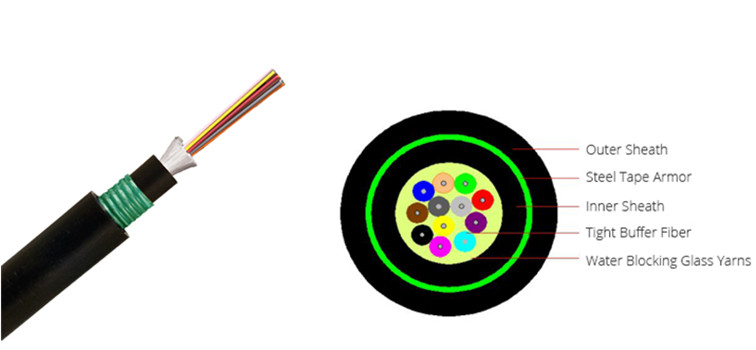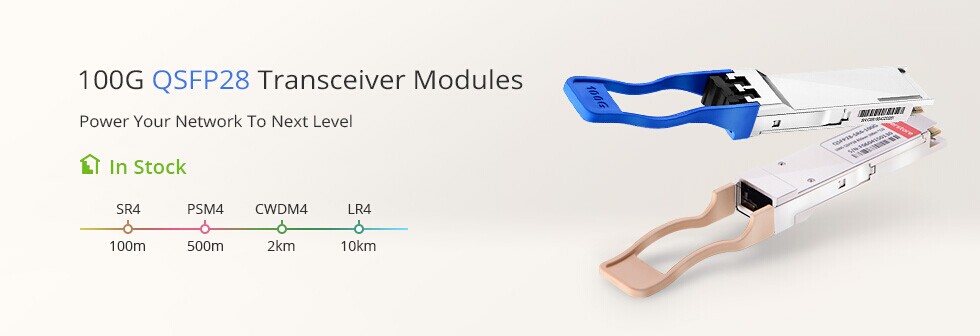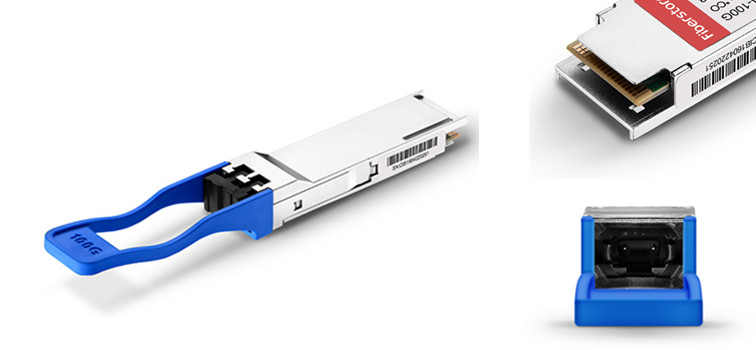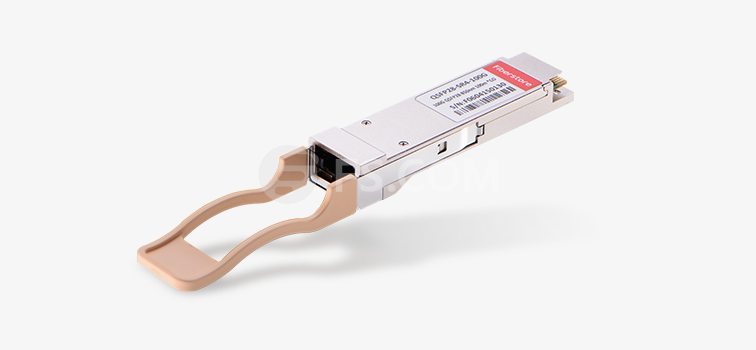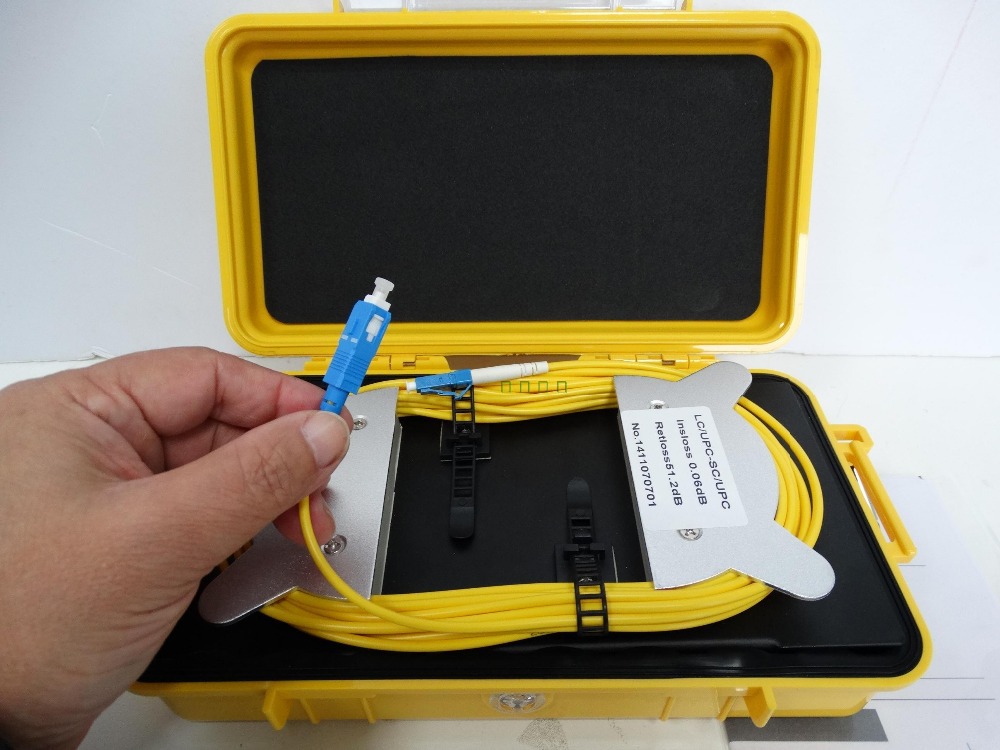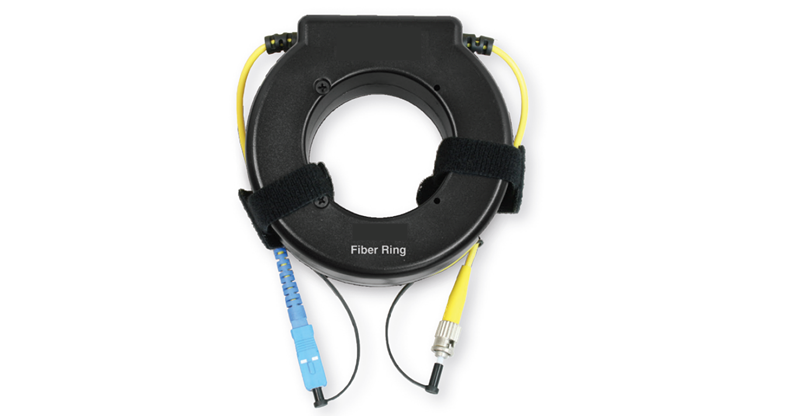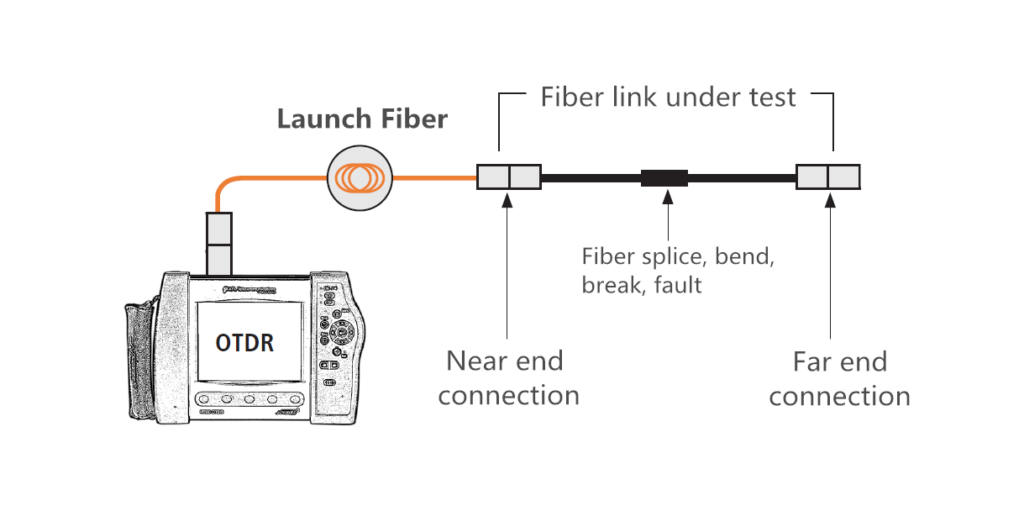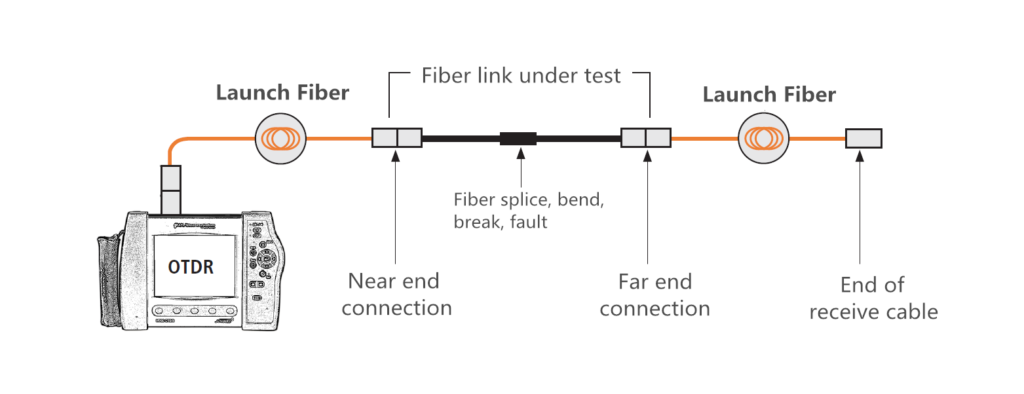There is no doubt that the time of 100G is coming. Except the professional companies like Cisco, Juniper network and Dell, large company like Facebook and Linkedin have also designed their own “super power” 100G switches. And there are many vendors provide white box switches wanting to share the cake of 100G switch market. This post offers a simple analysis of the 100G switch price and configuration on that provided by the market.
100G switch price varies mainly according to different brand and capacities. If you are selecting a 100G switch, it will be easy to figure out that most 100G switches are designed with 100G QSFP28 port. For example, some popular 100G switch like Cisco Nexus 3232C, Arista 7060CX-32 and Juniper QFX10002 are all equipped with 100G QSFP28 ports. This is because 100G QSFP28 modules have higher density and low power consumptions compared with other 100G QSFP28 modules. And QSFP28 modules can fit a variety of cabling systems.
The port type on the switch usually determines its function in network. Here introduces several popular 1U 100G switch for your reference.
Cisco Nexus 3232C Switch
Cisco Nexus 3232C switch is a 1U 100G switch with 32 QSFP28 ports supporting a maximum of 128 x 25G ports. Another great feature of this switch is each QSFP28 port on Cisco Nexus 3232C can be operated at 10, 25, 40, and 100 Gbps. The QSFP28 fiber optic transceiver, AOC and DAC can work on these QSFP28 port.

Arista 7060CX-32 Switch
Another switch provide by Arista has the capacities at the same level as Cisco Nexus 3232C switch is Arista 7060CX-32 switch. Each 100G port on Arista 7060CX-32 can also support transmission data rate of 10, 25, 40, and 100G. This switch also has another two SFP+ ports.

100G White Box Switch
The 100G switch prices of big vendors are usually very expensive. The price of the above mentioned two 1U switches are around $ 30,000 which is not affordable for many enterprises. That’s why 100G white box switch is becoming gradually popular. Unlike Cisco switch, the software of white box switch is separated from the switch. The price of 100G white box switch is much lower than the brand ones. They can be customized to meet specific requirements for networking and business. The following is a 100G white box (S5850-48S2Q4C) which has 48 SFP+ ports, 2 QSFP+ ports and 4 QSFP28 ports, which is provided FS.COM.
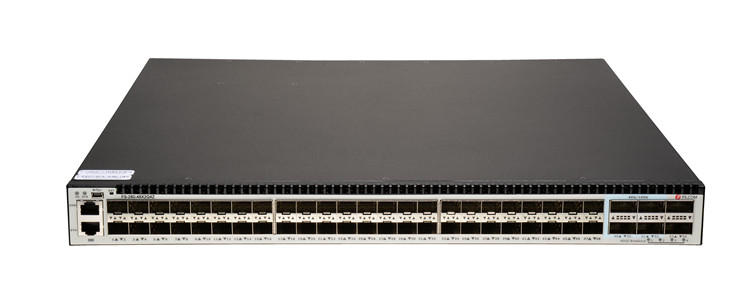
The price of the 100G switch is around $5,700, which is much lower compared with Cisco switch at the same capacity level. Compatible 10G, 40G and 100G modules are also available in FS.COM. Also, there are cost-effective 100G switches N5860-48SC with software installed that has a price of US$ 3,500.
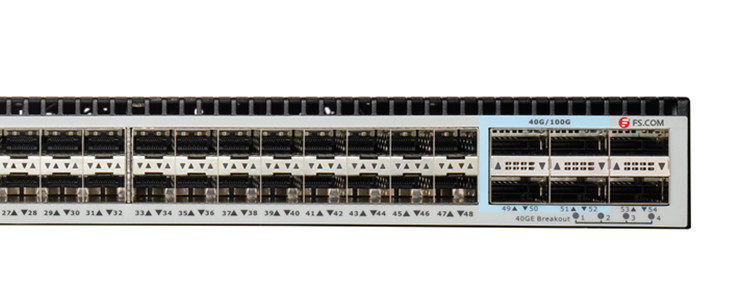
If you are selecting a 100G QSFP28 switch, you will need 100G QSFP28 modules. To accomplish the 100G connections via QSFP28 port, there is a wide range of selections. For longer transmission distance, single-mode 100G QSFP28 modules are suggested. For short distance applications, 100G QSFP28 multimode module, AOC and DAC are suggested. The following table shows the generic 100G QSFP28 modules (compatible with FS.COM 100G switch) and the Cisco compatible 100G QSFP28 modules for your reference.
| Generic 100G QSFP28 | Cisco Compatible 100G QSFP28 |
| QSFP28 100GBASE-SR4 | QSFP-100G-SR4-S |
| QSFP28 100GBASE-PSM4 | QSFP-100G-PSM4-S |
| QSFP28 100GBASE-CWDM4 Lite | QSFP-100G-CWDM4-S |
| QSFP28 100GBASE-LR4 | QSFP-100G-LR4-S |

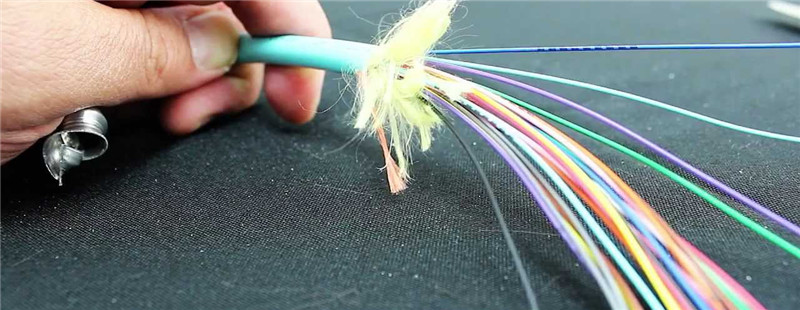
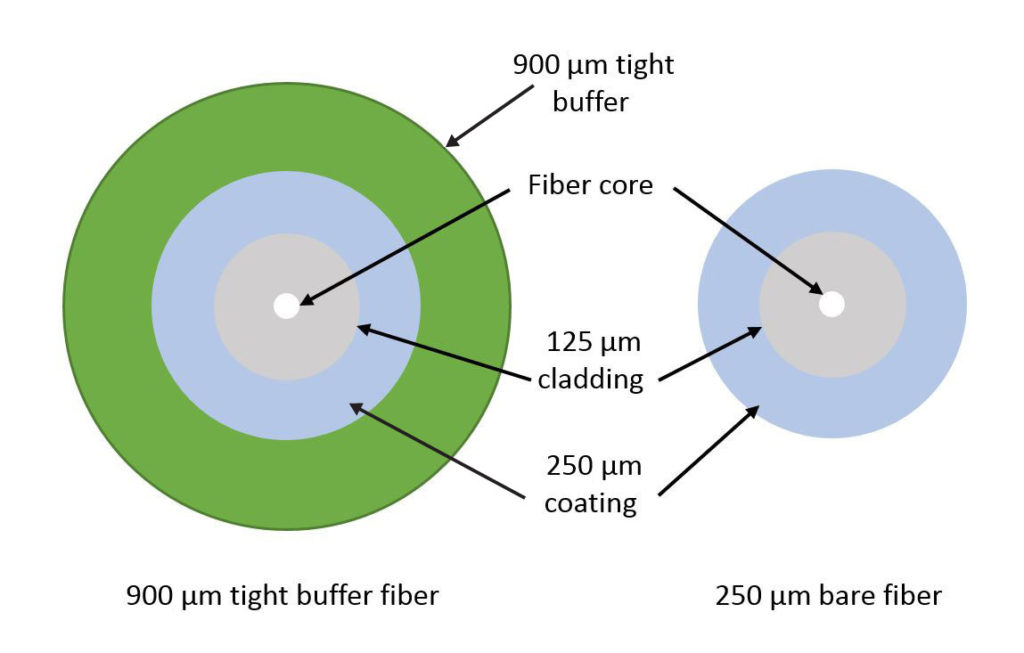
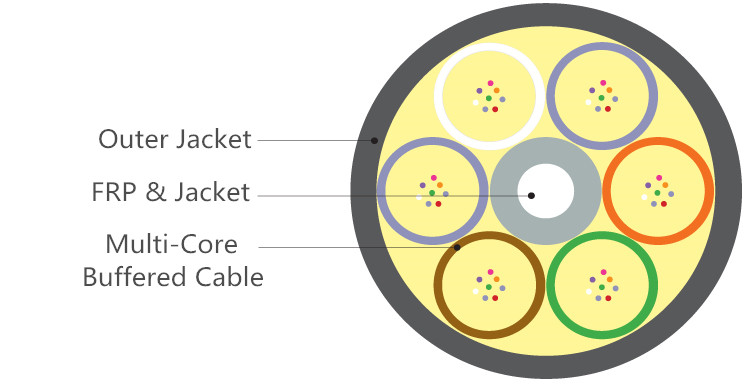
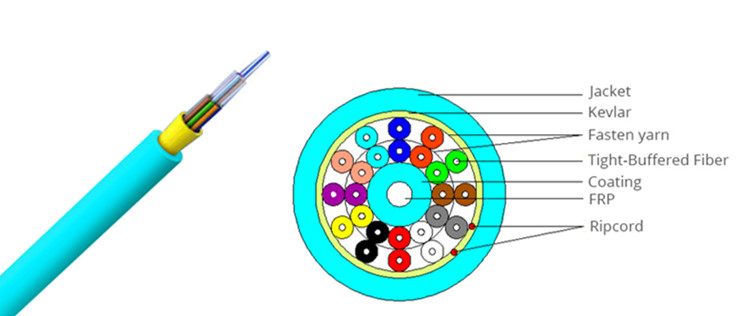
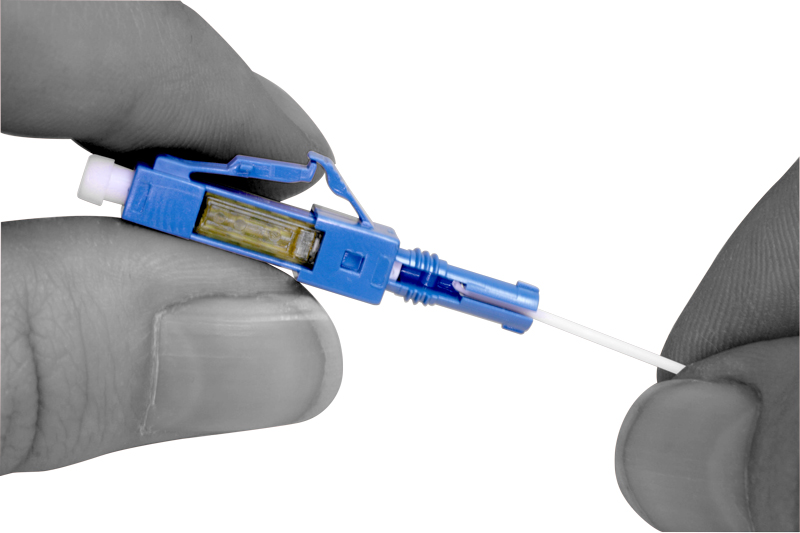 ution Fiber Cable
ution Fiber Cable